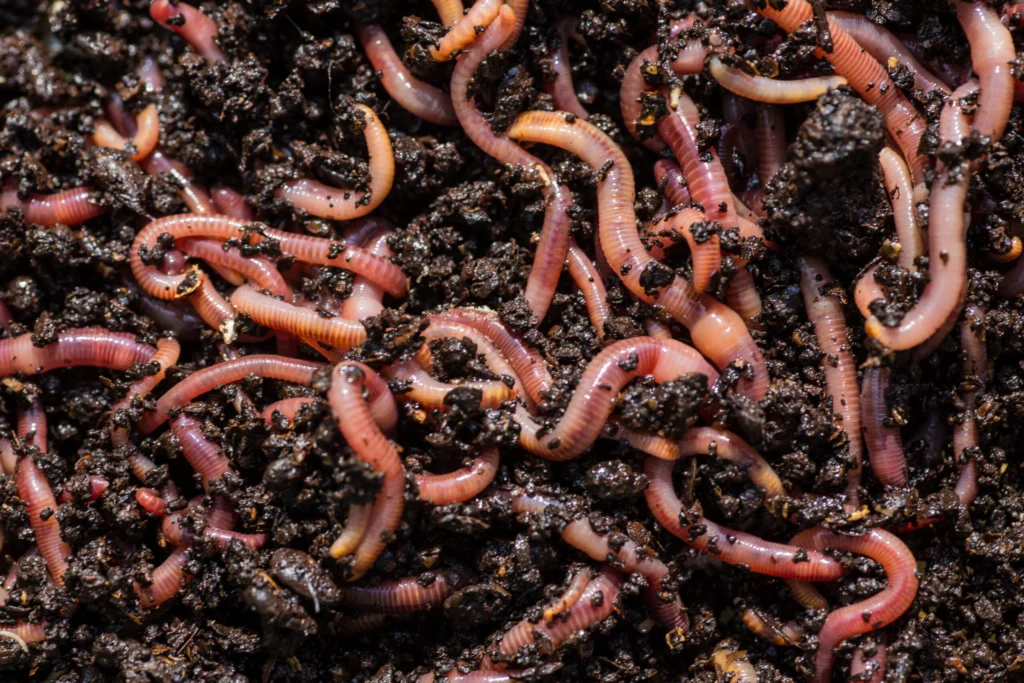Habitat and Living Environment:
Subterranean worms, also known as underground worms, refer to worm species that inhabit underground environments, primarily living within the soil. These worms create tunnels and burrows within the soil, where they feed on organic matter and decaying plant material. They can be found at different depths and moisture levels within the soil, significantly influencing soil structure and microbial life.
Physical Characteristics:
Subterranean worms often have pale colors compared to surface-dwelling worms, as they live away from sunlight underground. While their specific physical characteristics may vary between species, they generally have bodies adapted for tunneling and processing soil, with some being thinner or longer than others.
Feeding and Behavior:
Subterranean worms primarily feed on organic materials present in the soil, such as dead plant matter, leaves, roots, and other organic debris. By digesting these materials, they contribute to soil fertility and nutrient cycling. Their burrowing activities also aerate the soil, promote water infiltration, and enhance root penetration, benefiting plant growth.
Role in Underground Ecosystems:
Subterranean worms play a crucial role in underground ecosystems, influencing soil health, nutrient cycling, and ecosystem dynamics. They improve soil structure, enhance water retention, and facilitate the movement of nutrients and microorganisms within the soil. This, in turn, supports plant growth and overall ecosystem productivity.
Threats and Conservation:
Subterranean worms may face threats such as habitat destruction, soil pollution, and intensive land use practices. Conservation efforts focused on sustainable soil management and habitat protection are essential for preserving subterranean worm populations and the ecosystems they inhabit.
In summary, subterranean worms are vital components of underground ecosystems, contributing to soil health, nutrient cycling, and ecosystem sustainability. Understanding their biology and ecological roles is crucial for effective soil management and conservation practices.

